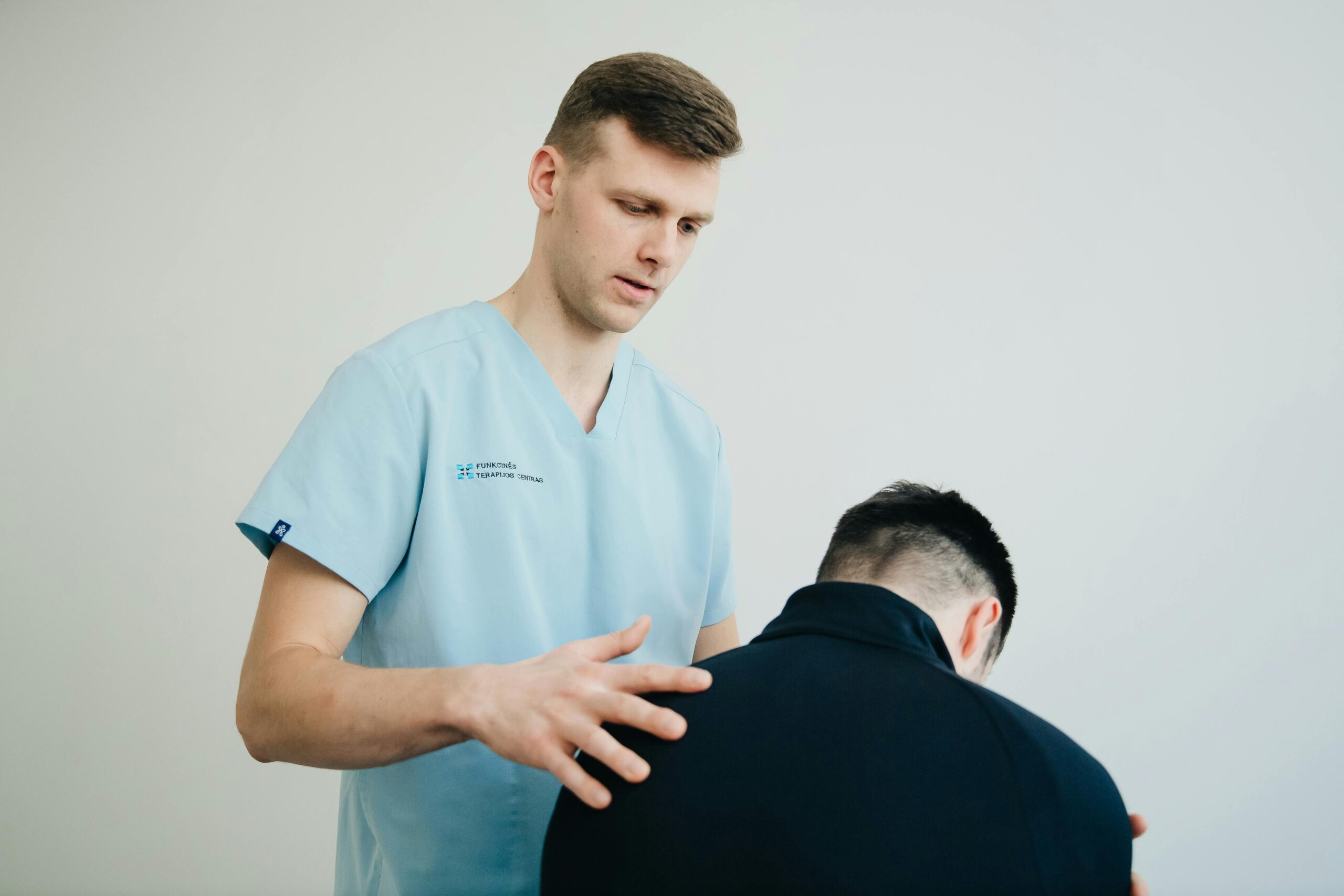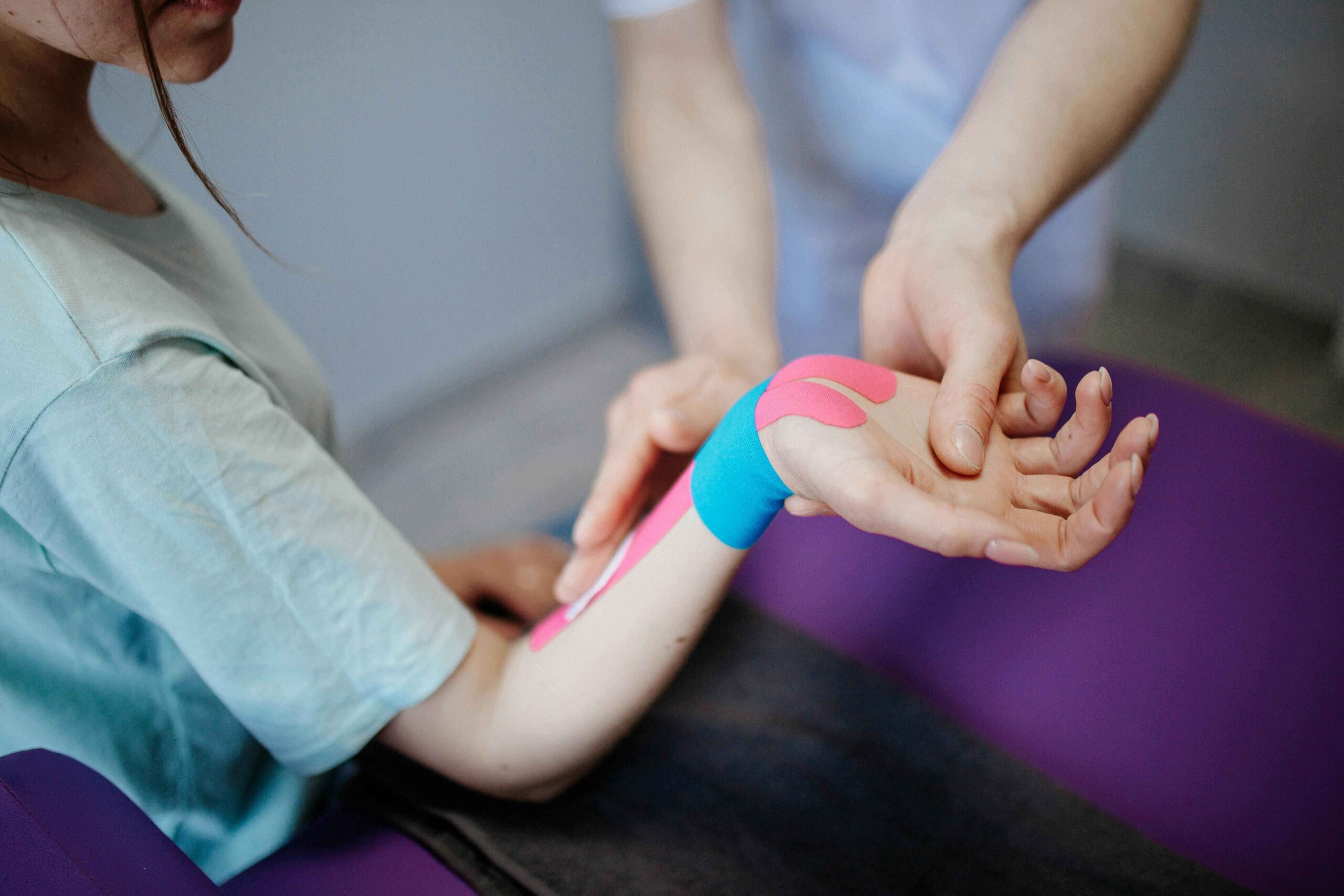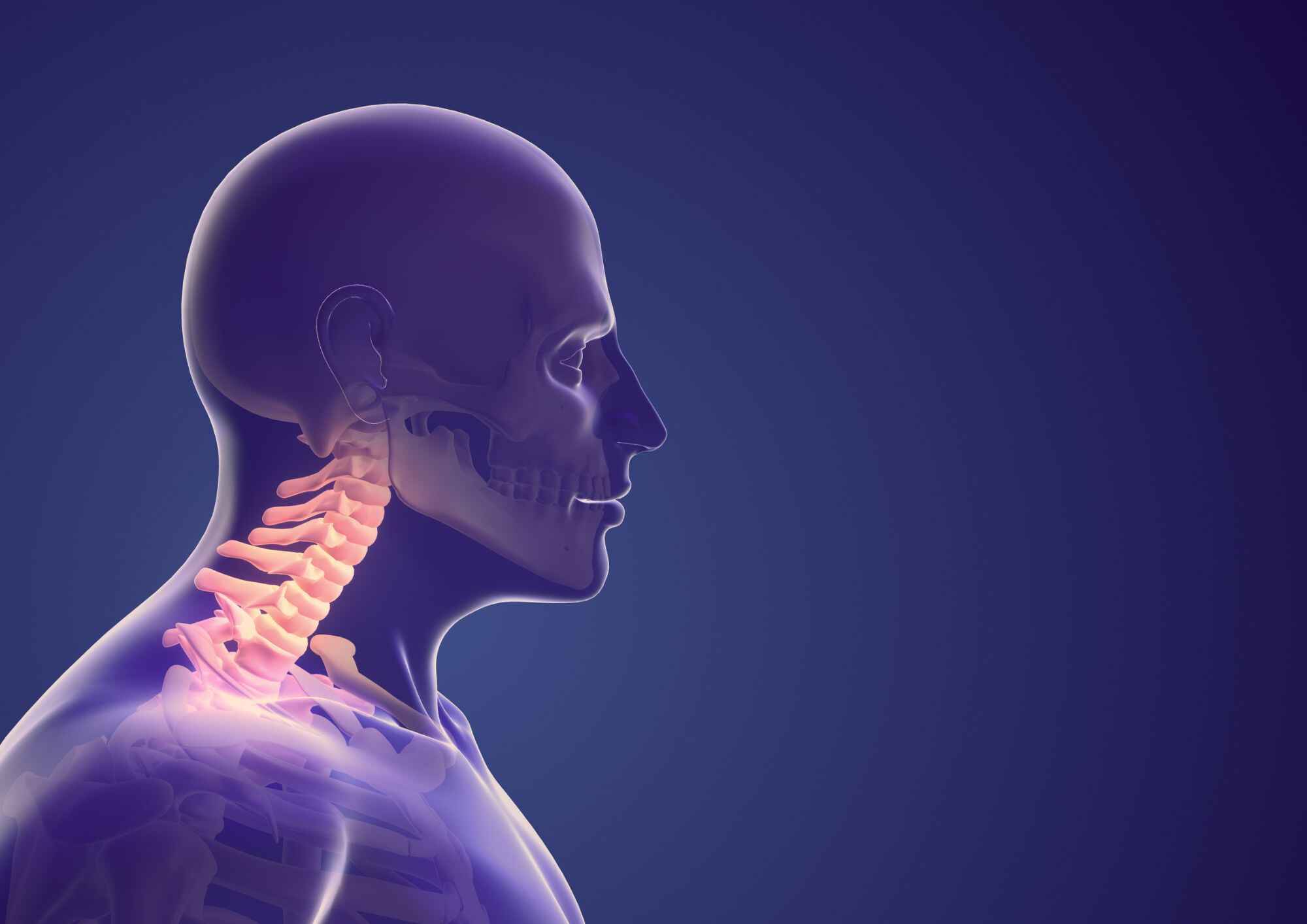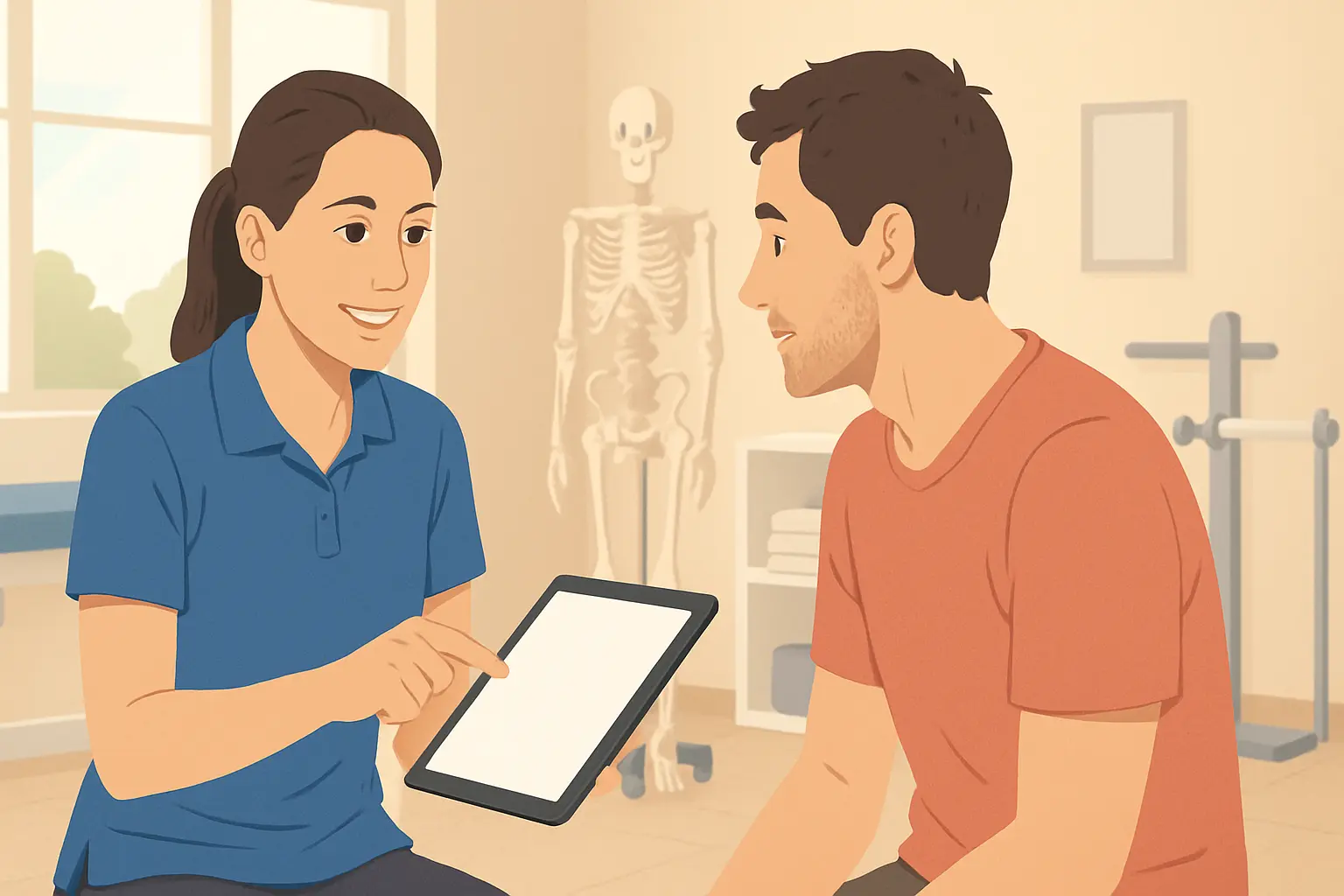

Introduction
No two bodies are the same—so why should your treatment be?
Whether you’re dealing with back pain, recovering from an injury, or just looking to move better, the best results come from care that’s tailored specifically to you. That’s the power of personalized treatment plans at physiotherapy Kuala Lumpur clinics.
In today’s fast-paced world, it’s tempting to look for quick fixes. But when it comes to healing and long-term health, one-size-fits-all approaches just don’t work. Personalized physiotherapy considers your body, lifestyle, goals, and health history—so your treatment isn’t just effective, it’s also safe, realistic, and sustainable.
Let’s explore what personalized physiotherapy really means, how it works, and why it makes such a difference in your recovery and overall well being.
What Is Personalized Physiotherapy?
Personalized physiotherapy is a treatment approach that’s custom-built around you. Instead of giving everyone the same exercises or routines, your physiotherapist creates a plan based on your specific condition, needs, and goals.
It begins with a thorough assessment, including:
- Your medical history
- Your lifestyle and activity level
- Your pain or injury symptoms
- How you move (posture, strength, flexibility, and balance)
- Your goals (e.g., returning to sport, walking without pain, or simply being able to sit comfortably)
From there, your physiotherapist designs a treatment plan that addresses your exact issues, targets the root cause—not just the symptoms—and guides you step by step toward recovery.
Why Personalized Plans Matter
1. Everyone Heals Differently
Two people with the same injury might recover at completely different rates. One might respond well to strength exercises, while another needs more manual therapy and rest. Personalized plans adjust to how your body reacts, ensuring the treatment stays effective.
2. Targets the Root Cause
Generic advice often masks the problem instead of fixing it. Personalized physiotherapy looks deeper to find the cause—whether it’s poor posture, muscle imbalances, or past injuries—and treats it at the source.
3. Supports Your Lifestyle
A busy professional might need desk-friendly stretches, while a runner may need sports-specific rehab. Personalized plans take your schedule, habits, and daily activities into account to create routines you can actually stick with.
4. Boosts Long-Term Results
When care is tailored to you, it’s more engaging and motivating. You’re more likely to stay consistent, track your progress, and see better long-term results.
What Does a Personalized Treatment Plan Include?
At physiotherapy Kuala Lumpur clinics, a personalized plan may include a mix of:
✔️ Manual Therapy
Hands-on techniques like joint mobilization or soft tissue massage to reduce pain, improve mobility, and release tension.
✔️ Therapeutic Exercises
Targeted movements to build strength, improve flexibility, and restore balance—customized to your current ability and fitness level.
✔️ Postural Correction
Training on how to sit, stand, and move correctly to reduce strain on joints and prevent future injuries.
✔️ Ergonomic Advice
Tips to adjust your workspace, sleeping position, or daily routine to support healing and comfort.
✔️ Home Exercise Program
Easy-to-follow exercises designed for your home environment, so you can keep progressing between sessions.
✔️ Progress Tracking
Your plan isn’t set in stone. Physiotherapists adjust it based on your recovery, keeping it relevant and effective.
Who Can Benefit?
Personalized physiotherapy is suitable for people of all ages and conditions, including:
- Office workers with neck or back pain
- Athletes with sports injuries or overuse strain
- Seniors with joint pain or mobility issues
- Post-surgery patients regaining strength
- Children with developmental or posture concerns
- Anyone managing chronic pain, stiffness, or imbalance
If you’re not sure what kind of treatment you need, a personalized approach is the safest and most effective place to start.
What to Expect at Your First Visit
When you walk into a physiotherapy clinic in Kuala Lumpur, you’ll be greeted by a friendly team ready to help. Your first session will usually include:
- A detailed consultation about your symptoms and goals
- A physical assessment to check how you move
- A discussion of what’s causing the issue
- A custom plan with a mix of in-clinic treatment and home exercises
- Support, encouragement, and adjustments as you go
There’s no need to be nervous—your physiotherapist is there to listen, support, and guide you every step of the way.
Conclusion: Your Journey Starts with Synapse Physiotherapy
You deserve care that’s made just for you—not copy-paste routines or rushed appointments. Whether you’re recovering from an injury, managing chronic pain, or simply wanting to move better, a personalized plan is your best path forward.
At Synapse Physiotherapy, we believe in treating the person, not just the problem. Our expert team in Kuala Lumpur takes time to understand your body and create a treatment plan that works with your lifestyle and goals.
Start your recovery with Synapse Physiotherapy, and experience the difference of personalized, expert care that truly puts you first.
Tags :

Back & Neck Pain
- Spine & Core Rehabilitation
- Strength & Conditioning Programme
- Pain Management
- Biomechanical Assessment
- Sports Physiotherapy
- Group Class

Sports Injuries
- Strength & Conditioning Programme
- Pain Management
- Biomechanical Assessment
- Sports Physiotherapy
- Shockwave Therapy
- Group Class

Work Desk Injuries

Pre-Post-Surgical Conditions

Scoliosis & Postural Abnormalities

Neurological Conditions
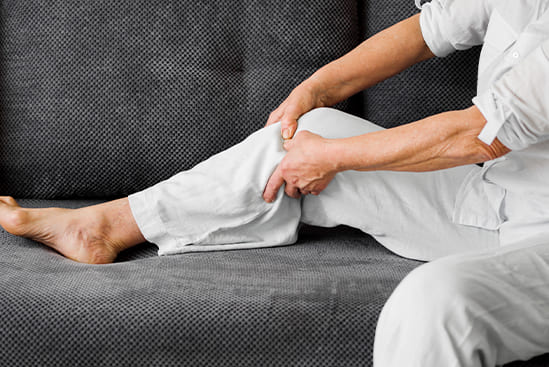
Osteoarthritis & Rheumatism
Joint degeneration and inflammation happens as the human body grows older, but that does not mean our way of life degenerates as well. Relief your joint pains with a joint effort together with your physiotherapist, who will provide pain-relief treatments and prescribe exercises for your wellbeing.

Conditions Relating To Elderly
Common conditions in the older age population include hips & knee pain, back & neck pain, osteoarthritis, rheumatism, fear of falling and many more. Aging and degeneration of bodily function is inevitable, but here at Synapse, we will help you live the best of your life.




